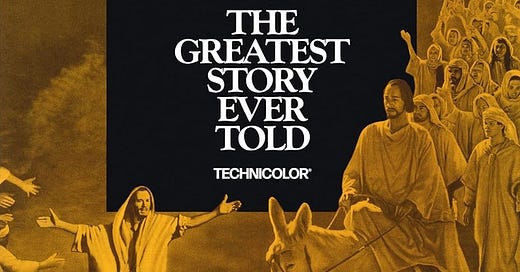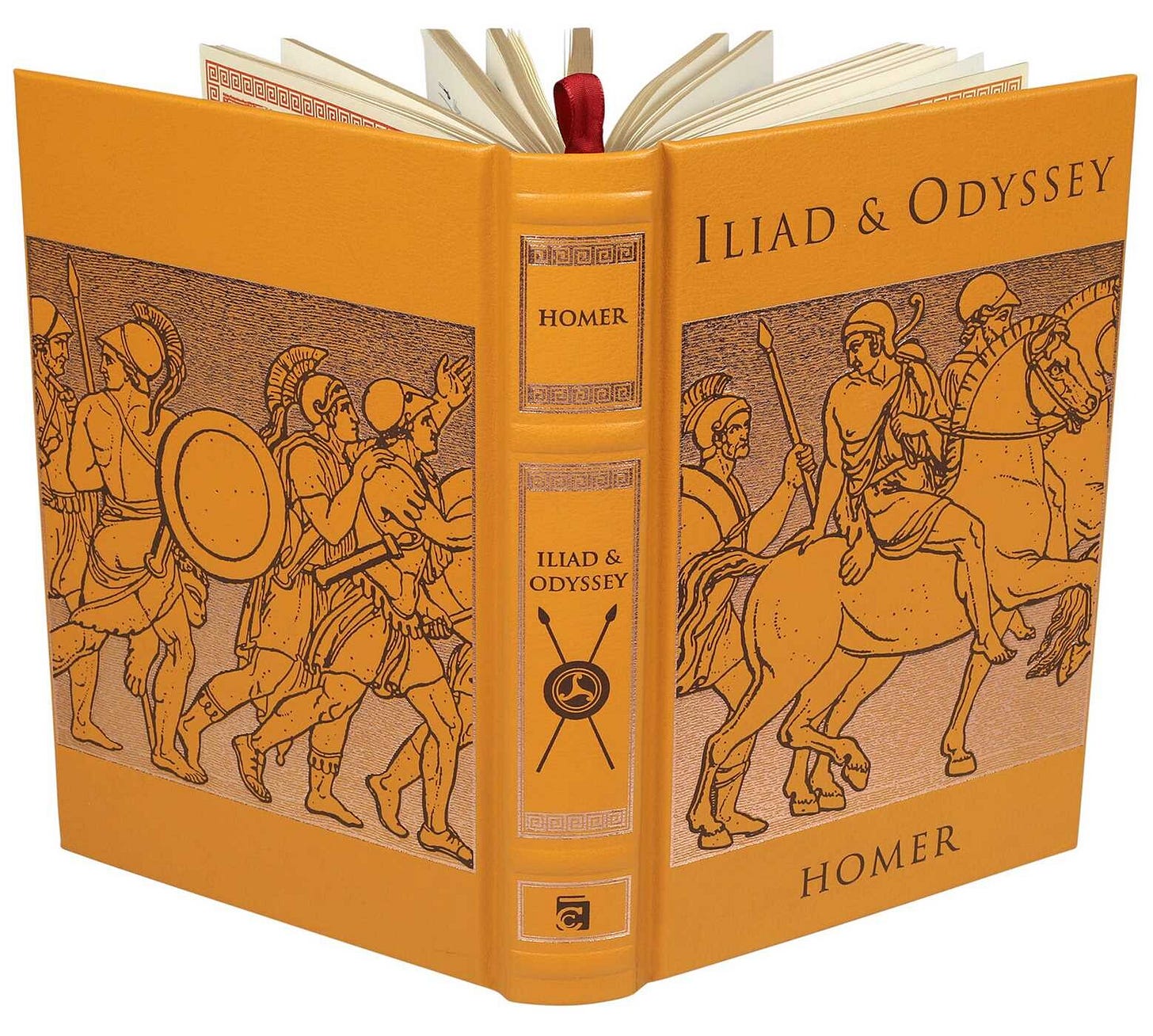Humans are natural storytellers. We don’t perceive reality directly, but construct narratives to organize and interpret overwhelming sensory data. Our brains filter information, assembling a coherent but incomplete and ambiguous picture. To fill the gaps, we rely on past experiences, expectations, and cultural influences.
Storytelling, along with other cognitive tools, evolved to help humans survive and navigate complexity. However, it imposes a subjective, human-centered, and deceptive perspective on physical reality.
Stories follow structured arcs with protagonists, conflicts, and resolutions, yet reality is ambiguous, multi-layered, and unpredictable. The physical universe has no inherent plot and meaning, but we make up one to try to make sense of it.
Storytelling as an Evolved Teaching Tool
Storytelling is a useful teaching tool for humans. Research shows that people understand and retain information better when it is conveyed in a narrative format. Stories engage emotions, create mental images, and establish meaningful connections between concepts, making them more memorable than isolated facts or abstract principles.
Throughout history, cultures have used storytelling, including fables and myths, to pass down knowledge, traditions, and moral lessons. In modern education, teachers and lecturers often use anecdotes, case studies, and historical stories to illustrate key concepts, enhancing comprehension and retention. Neuroscientific research confirms that stories activate multiple areas of the brain, strengthening learning and recall.
Memory as a Constructed Narrative
Memory is not a flawless recording of the past but a constantly revised and reconstructed story. Research reveals that each time we recall an event, we modify its details based on new information, emotions, and biases.
Cambridge University social psychologist Frederic Bartlett demonstrated this phenomenon by showing how people unconsciously altered an American Indian folktale to fit their cultural expectations. His findings showed that memory retrieval is more about reconstructing a coherent story than retrieving objective facts.
Elizabeth Loftus, a professor of psychology and law at the University of California, Irvine, specializes in false memories. Her research reveals how people can develop entirely fictitious recollections and how memory continuously evolves. She likens memory to a Wikipedia entry—constantly edited and revised rather than a static photograph. This revisionist storytelling tendency contributes to false confessions and courtroom witness testimonies. Under intense pressure, people may fabricate narratives of guilt, sometimes even believing them, as their brains attempt to construct a coherent explanation that aligns with external influence and stress.
The Self as a Story
Our sense of self—our identity—is a story we construct. We shape the narrative about who we are, where we’ve been, where we are going, and what is our purpose. We emphasize certain experiences, downplay others, and reinterpret past events to align with the identity we wish to maintain.
Optical Illusions and the Deception of Storytelling
The brain’s storytelling tendency is evident in how we perceive physical reality, as illustrated by optical illusions. These illusions expose how our minds construct reality based on expectations, biases, and past experiences—often leading to misinterpretations of movement and cause and effect.
Animated advertising signs that use a grid of flashing lights illustrate how humans can misinterpret changing information. When you look at the below yellow dots, it soon appears that there is a single yellow dot moving around and around. However, it is many dots changing color, the equivalent of lights turning on and off. Bank signs and sports stadium scoreboards use this technique to create apparent animated words and characters.
A barber pole has diagonal stripes and is rotated to the left or right. However, looking from a particular angle, it can look as if the stripes are moving straight up or down. Faced with different plausible choices for the movement, the human brain often unconsciously picks the wrong one.
We construct narratives that feel coherent and true but that reinforce biases and expectations rather than reflect objective truth. This is evident in the Mandela Effect, where groups of people collectively misremember historical details, creating a shared but inaccurate story.
Some Other Problems Storytelling
A compelling story can bypass critical thinking, appealing to emotions, identity, and group loyalty. Political and ideological narratives frequently reduce complex topics to binary choices—good versus evil, us versus them—fueling misinformation and division. Historical myths and national narratives often distort reality, selectively emphasizing events that support a preferred version of history while omitting inconvenient truths.
Once we adopt a particular narrative, we filter new information through its lens, reinforcing confirmation bias, ideological echo chambers, and cultural stereotypes. Nigerian writer Chimamanda Adichie warns that reducing a person, group, or nation to a single story flattens their humanity and limits understanding.
The Need for Critical Awareness
While storytelling is a human cognitive behavior and important to many human functions, recognizing its inherent limitations can help us become more critical thinkers—more skeptical of oversimplified explanations and more open to information that challenge our ingrained stories.
Certain aspects of physical reality defy storytelling, such as quantum mechanics, chaos, raw sensory experience, and scales beyond human comprehension. Acknowledging the impersonal and random nature of much of the world events can help us break free from misleading and manipulative narratives. At their best, science and philosophy help us do this.







